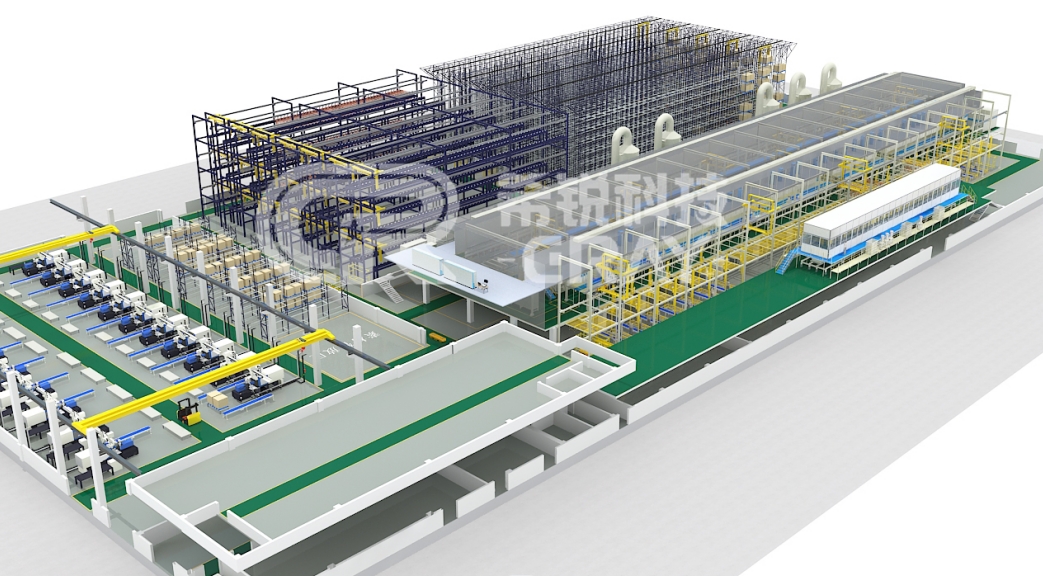


Some data suggests that it is unnecessary to filter and remove sediment. Because the sediment has no effect on PCB electroplating. In fact, when barium carbonate is added, except for the formation of barium sulfate, all other forms of barium chromate precipitation are formed. Once sulfate ions are mixed, they will automatically generate barium sulfate because the volume product of barium sulfate is smaller than that of barium chromate.
2. Nitrate
Black chromium coating is formed by the coexistence of 25% mass fraction of chromium oxide and 75% mass fraction of metallic chromium. The generation of chromium oxide mainly relies on the action of nitrate ions. Nitrate is a blackening agent that consumes relatively slowly. It is particularly noteworthy not to frequently adjust the mass concentration of nitrate ions just because the coating is not black enough. The blackness of the coating is a very complex optical phenomenon, and other factors that affect blackness will be mentioned later.
3. Reducing agents
The auxiliary additives for black chromium plating include sucrose, ferrous oxalate, potassium ferrocyanide, etc., which are actually reducing agents aimed at producing trivalent chromium in the electrolyte, which is beneficial for black chromium plating. Practice has proven that electrolysis is a simpler and more effective method to obtain trivalent chromium. The trivalent chromium produced by electrolysis at a normal current density of about 2 hours with S negative: S positive=(3-5): 1 is sufficient. This can avoid introducing other components into the plating bath and strive to simplify the composition of the plating solution.
4. Catalysts
The fluorosilicic acid, fluorosilicates, potassium fluoride, sodium fluoride, sodium fluoroaluminate, etc. in the formula for plating black chromium are all used as catalysts, and it is not difficult to see that the truly effective component is fluoride ions.
The form of addition is not important, it is important to grasp the appropriate amount, because black chromium plating is very sensitive to catalysts, and whether it is too high or too low can significantly affect product quality.
When the mass concentration of fluoride ions is low, the current efficiency is low, the coating is brownish, the luster is dark, and the dispersion ability is poor; When the mass concentration of fluoride ions is high, the dispersibility, blackness, brightness, and hardness all increase; When the mass concentration of fluoride ions is too high, the brittleness increases and the skin will burst. In severe cases, it will automatically burst within a few hours after plating.
The method of adjustment is very simple, which is to consume through electrolysis. In addition, a portion of fluoride ions will evaporate at the anode, and the coating will gradually become normal, reaching the optimal state. The principle of maintaining and supplementing is to add less frequently and pay attention to observation, so that the plating solution is always in good condition.
The blackness of the coating is also related to the state of the substrate, which is rough and has poor blackness. After polishing or plating with bright nickel, the coating is then coated with black chromium, which is black and shiny.
Fluoride ions serve as catalysts and have activation functions, so stainless steel can be directly plated with black chromium.